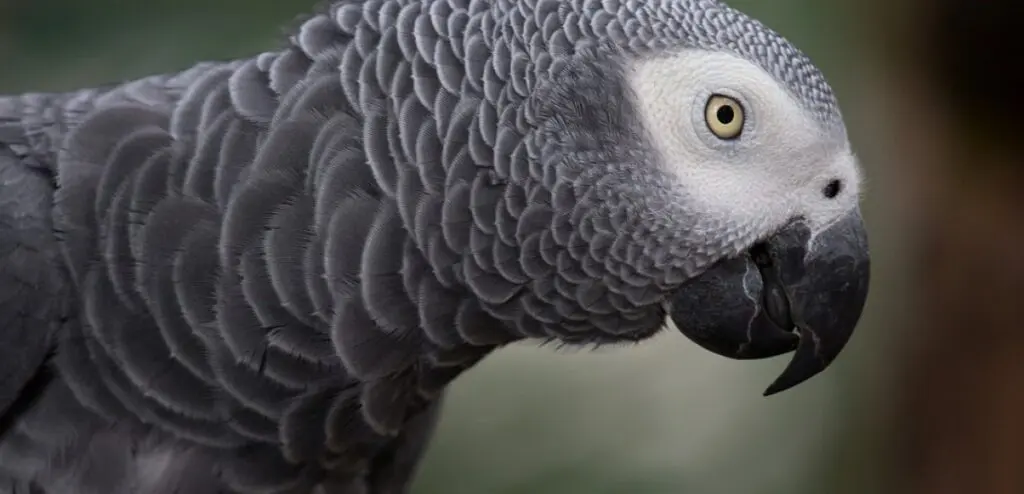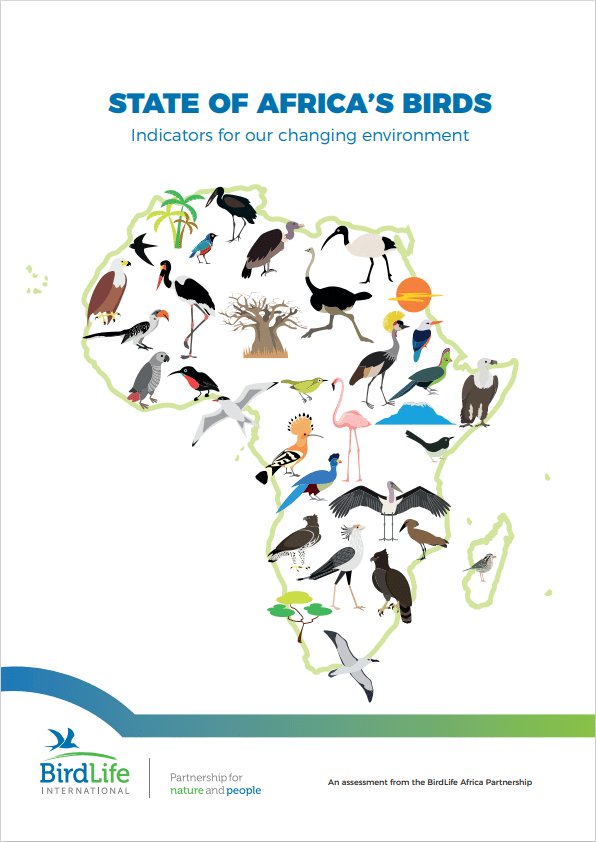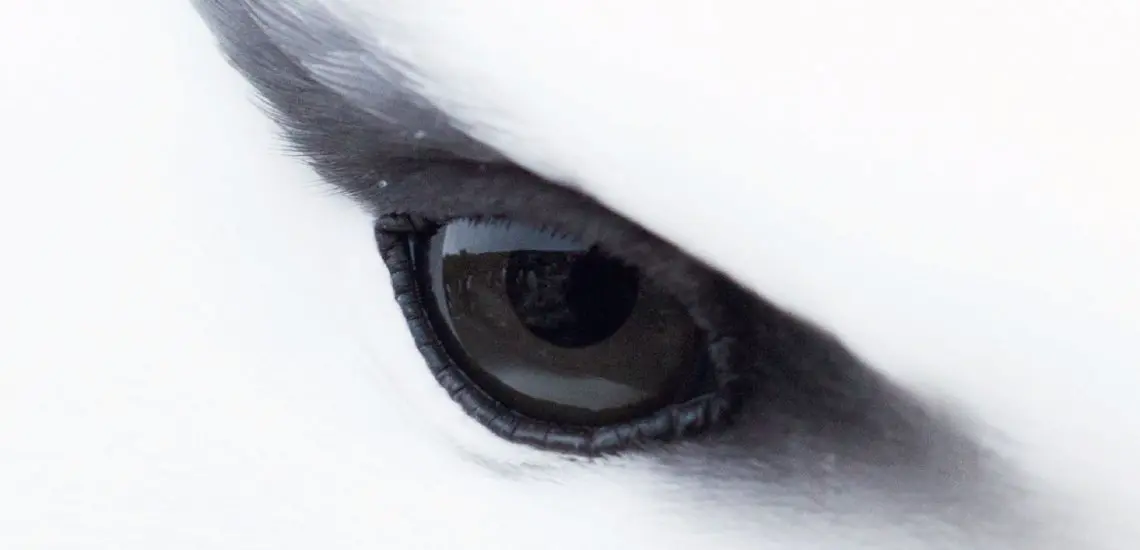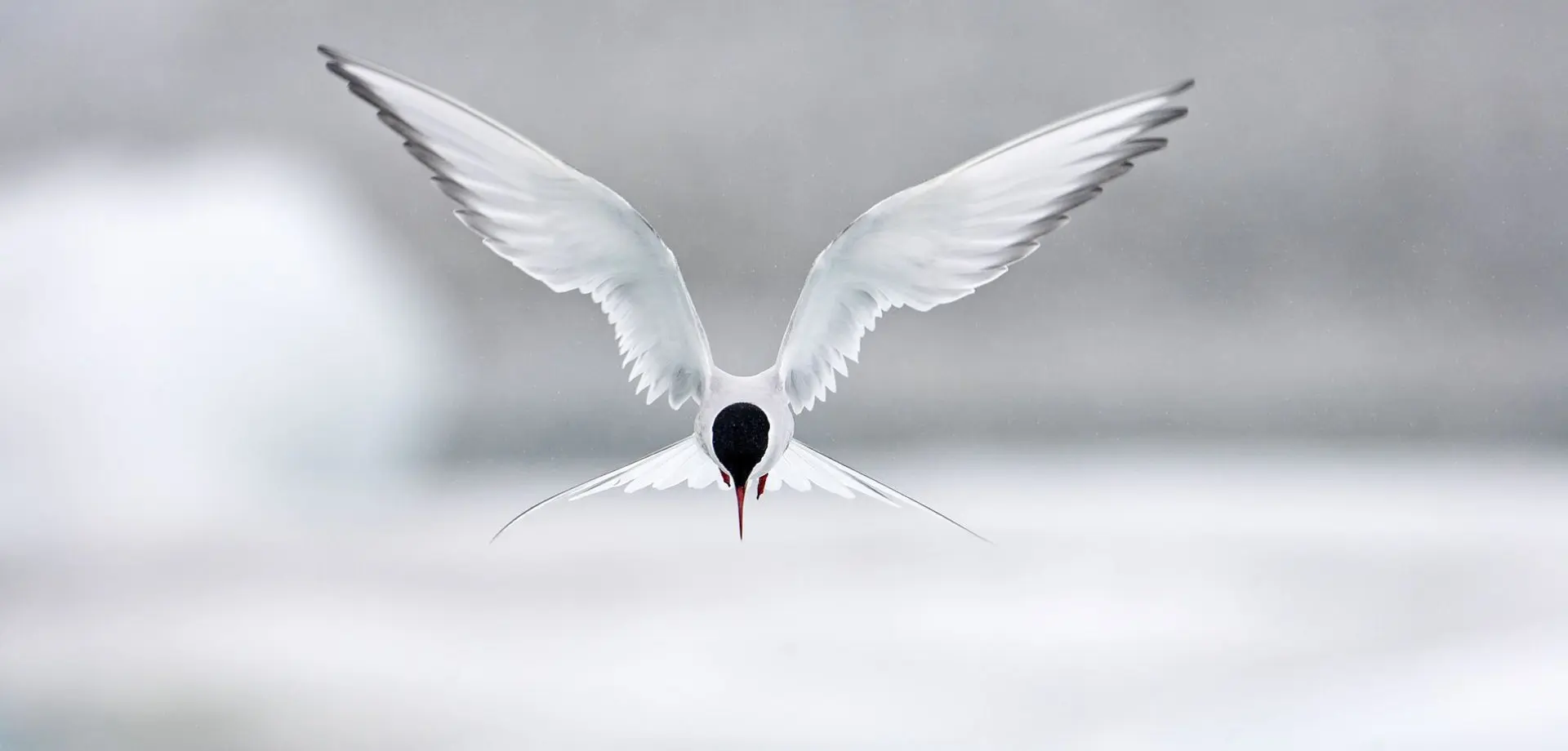State of Africa’s Birds: Indicators for our changing environment (2018)

Africa is rich in biodiversity. It is home to a quarter of the global biodiversity and hosts the world’s largest intact mammal population. Of the 2,477 bird species in Africa, 1,400 (57%) are endemic to the continent. A network of 1,248 Important Bird and Biodiversity Areas (IBAs) has been identified in Africa, covering a combined area of two million km2, roughly seven per cent of the continent
Africa is a continent that is expanding fast, both population-wise, and in terms of wealth and technology. At first glance, this latest review of the continent’s birds presents a pessimistic reflection of this expansion. Nowhere is this clearer than the much-loved Grey Parrot Psittacus erithacus. In the past two decades, Ghana alone has lost an estimated 90-99% of its Grey Parrots, with areas that formerly acted as major roosts now standing eerily quiet, depleted by the illegal pet trade. “Killer powerlines” in Sudan are leaving millions of electrocuted birds scattered along their routes. And Tanzania’s Mara wetlands are being burned to aid hunting and access to the river. Overall, agriculture poses the biggest danger to threatened birds, with logging coming in second.
But it’s not all doom and gloom. The report also shows us the significant headway that Partners across Africa have made in combatting these threats. In 2016, BirdLife’s advocacy succeeded in getting the Grey Parrot uplisted to Appendix one by CITES (the convention on international trade of Endangered species), meaning all international trade of the bird has been outlawed.



